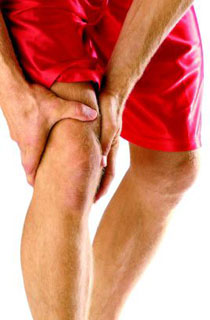
Introduction to
Restless Legs Syndrome
Restless Leg Syndrome, also known as Ekbom Syndrome, can affect anyone, but it seems to most commonly affect women past the age of fifty. About ten percent of the population of the United States and Europe suffer from some degree of this condition. There is no specific known cause of RLS, but it is thought to possibly be genetic. Restless Leg Syndrome involves strong urges to move the to alleviate sensations in them like pins and needles, aching, or a "prickly" feeling. This uncontrollable urge can interrupt sleep, distract from daily tasks, and cause general discomfort. RLS can be a solitary ailment, but has been connected to several conditions. It is not uncommon for pregnant women to develop symptoms of RLS, but these symptoms usually dissipate about four weeks after labor. People with anemia are also susceptible to RLS due to their low iron levels, but once this is corrected, their RLS improves
RLS is a sign of poor blood circulation in the legs, and a history of smoking, lack of exercise, or diabetes could be contributing factors. Some painless, side effect free treatments include a diet low in sugar, as well as a juice combining carrot, celery, and spinach. A lack of iron in one's diet is thought to exaggerate symptoms of RLS. Traditional Chinese medicine believes that the cause of Restless Leg Syndrome is heat in the Heart, which is thought to cause agitation in one's spirit, and can lead to restlessness during sleep.